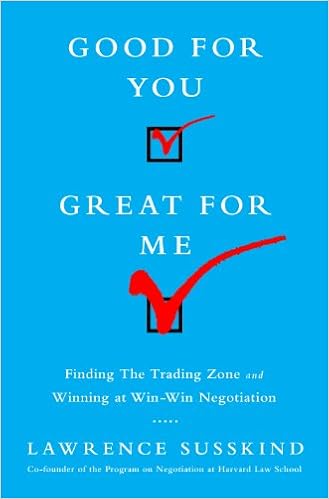Nobody wants to think of themselves as the reason that someone else gets to make a lot of money. What usually happens is that a developer makes a deal with the city, gets the required approvals (while admittedly taking the necessary financial risks), finds the investment capital they need and then announces to the arts community that there will be some opportunities they might appreciate. When a dance company or a community arts center (future gallery?) wants to design the space being offered, they are usually told that the deal has already been made and that the specs are locked in. When artists ask whether there are low interest loans available to buy what is otherwise being offered only as rental space, they are told that the deal with the city requires that the housing units or the commercial space not be sold (meaning that they want the continued return to capital). In other words, by the time the arts community is notified it is too late to alter the design of the space and no longer possible for the artists involved to become equity (or sweat equity) partners.
Here's an alternative model. It all begins even before the city government promulgates its Request for Proposals (RFPs). The city invites individual artists, arts organizations and related arts associations (including foundations) to hear about the city's desire to create one or more arts districts (or to emphasize art-related uses in other commercial and residential buildings). It offers to host a series of workshops for artists who want to understand more about the financial, design and other aspects of community development. Then, the city reframes its usual RFPs to indicate that it will only accept proposals in which development teams include artists or arts organizations as equity partners. The artists don't need to contribute cash upfront to be equity partners. They can earn equity shares by operating and maintaining revenue-generating performance spaces, cafes, restaurants, book stores, galleries, rehearsal spaces and teaching programs. Developers often forget that many artists work second jobs and have professional capabilities in other industries. (And, part of being successful artist is being a creative problem-solver.) If the city proposes a co-equity model, developers and artists would have substantial incentives to seek each other out. The city could also appoint an appropriately skilled individual or arts organization to serve as an ombudsman to ensure that any and all deals worked out between developers and artists are as fair as possible. This same Arts Ombudsman would perform an annual "audit" for the city to ensure that all promises are being fulfilled. No one would need to take (or pay for) legal action to make sure promises are met. Co-equity housing programs, such as those pioneered in California, have demonstrated that the inflation in property values, when split between property owners and renters, create co-equity opportunities. I'm proposing that the same idea should be applied to arts-oriented city development. If an arts organization co-owns (and, thus, operates) performance and rental space inside a mixed-use development, it should be able to count on receiving a portion of the increased value that it helps to create.
There are examples all over the world of arts-oriented development contributing to the revitalization of struggling central cities. To date, though, the success of such efforts have benefitted real estate developers more than artists. Artists have not been invited to be real partners. It wouldn't be hard for cities to turn this around, ensuring a fairer outcome for arts-makers, without in any way inhibiting the prospects for economic success. Moreover, arts organizations and individual artists are likely to be good investments as well as capable partners with a passionate commitment to their city.






0 Comments:
Post a Comment